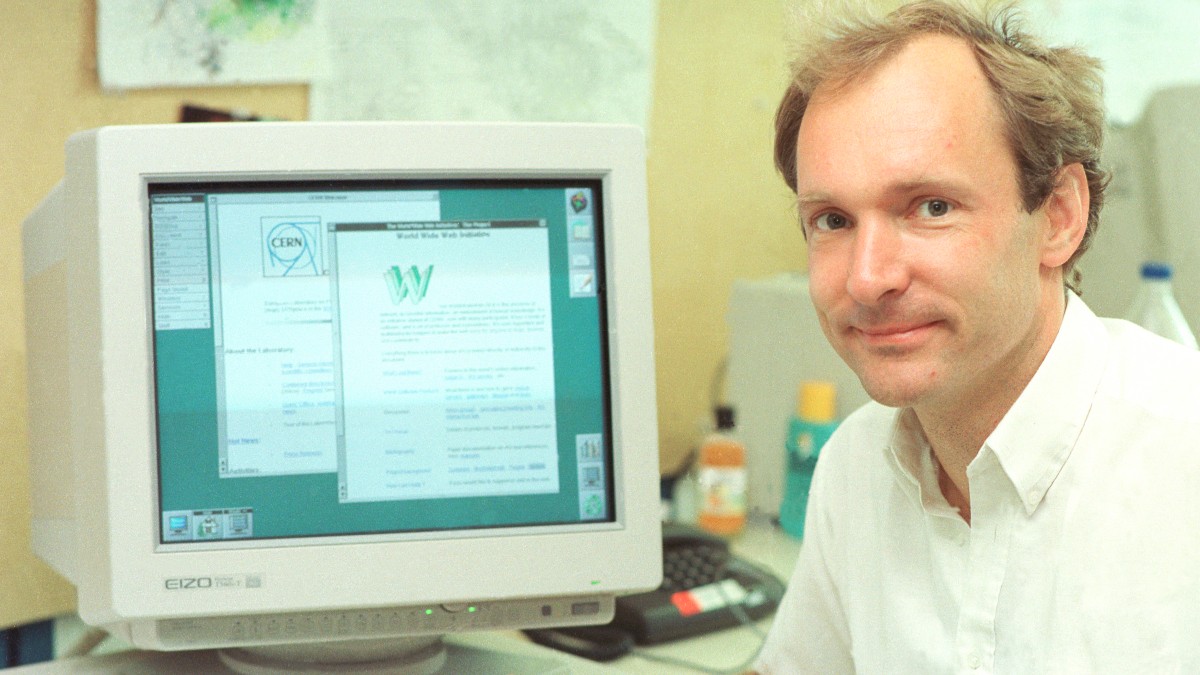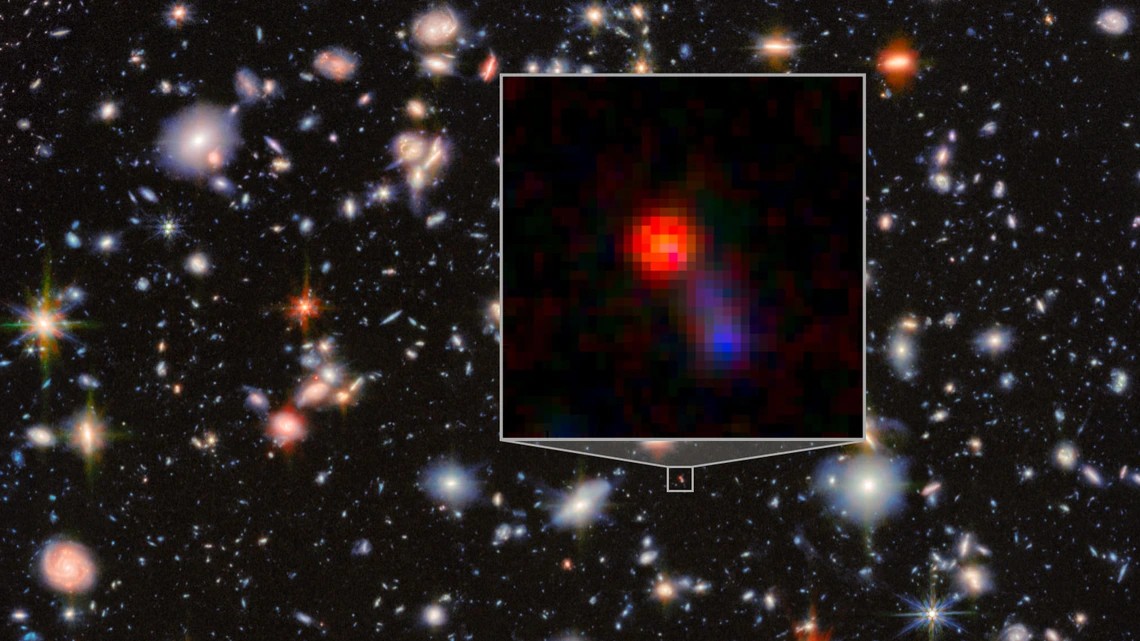World Wide Web: Definition, history and facts
The World Wide Web was created by British scientist Tim Berners-Lee.

Before the invention of the World Wide Web (WWW), the earliest internet users were mainly researchers and military personnel. The network was complicated and, although it was possible to share files and messages, the interface was not user-friendly.
In 1993, a researcher at CERN called Tim Berners-Lee started building a layer on top of the internet to make it easier to access, according to the World Wide Web Foundation.
Berners-Lee's idea was to make information available as pages, written in a shared language called Hypertext Markup Language (HTML). This eventually became the World Wide Web, which is the platform used by billions of internet users around the world.
Creating the World Wide Web
After completing his first-class degree in physics at Oxford University, Berners-Lee moved on to become a scientist at CERN, the European Organization for Nuclear Research in 1989, according to the World Wide Web Consortium (W3C).
That same year, Berners-Lee published a paper titled "Information Management: A Proposal", in which he suggested the combination of hypertext and the internet for an information management system.
In this initial proposal for the World Wide Web, Berners-Lee described the shortcomings of the then-current system at CERN in allowing scientists access to their information and documentation. Though the internet had been around for a decade, the information had limited accessibility.
Berners-Lee set out to connect both the internet and a web-structured platform to revolutionise data sharing. To achieve this he created the Hypertext Transfer Protocol (HTTP), Uniform Resource Identifier (URI) and Hypertext Makeup Language (HTML), the building blocks for internet browsing that remain in use today, according to CERN.
Get the world’s most fascinating discoveries delivered straight to your inbox.
Created to better serve CERN scientists and assist those across the globe with their research, Berners-Lee launched the first website, http:// info.cern.ch, in 1990. This new way to obtain information was something Berners-Lee wanted the entire world to have access to. He decided to make the World Wide Web an open and royalty- free software, allowing it to grow beyond academia.
By 1994 there were around 3,000 websites in existence, according to the World Economic Forum. After such a roaring success, Berners-Lee created W3C, a web standards organisation that also develops web specifications, guidelines, software and tools. With the continued success of the iconic ‘www.’, Berners-Lee founded the World Wide Web Foundation in 2009, an organisation working to deliver digital equality to the world.

The development of the world wide web has meant that anyone can add to the internet, creating their own pages and sharing their own content. No-one owns the internet, according to the journal Educational Technology, although big tech companies wield a lot of its power.
It is simply a collection of interlinked networks managed by companies, governments, research organizations, and individuals. Google, Microsoft, Amazon and others have changed the way it works, but so too have amateurs creating content from their homes.
After the invention of the world wide web, users continued to expand the internet, sharing bigger and more complicated content. In 1993, there were fewer than 150 websites on the internet, now there are almost two billion, according to Internet Live Stats. This ever-growing web of connections has completely changed the way that people live, work, and interact.
Additional resources
For more information about the invention of the World Wide Web check out "Weaving the Web: The Past, Present and Future of the World Wide Web by its Inventor", by Tim Berners-Lee and the World Wide Web Consortium (W3C).
Bibliography
- "World Wide Web", accessed March 2022.
- CERN, "The birth of the web", accessed March 2022.
- World Wide Web Foundation, "History of the Web", accessed March 2022.
- Jeremy Galbreath, "The Internet: Past, Present, and Future", Educational Technology, Volume 37, 1997.
- World Wide Web Consortium, "Longer Biography", accessed March 2022.
- "Internet Live Stats, "Total number of websites", accessed March 2022.
Laura Mears is a biologist who left the confines of the lab for the rigours of an office desk as a keen science writer and a full-time software engineer. Laura has previously written for the magazines How It Works and T3. Laura's main interests include science, technology and video games.



